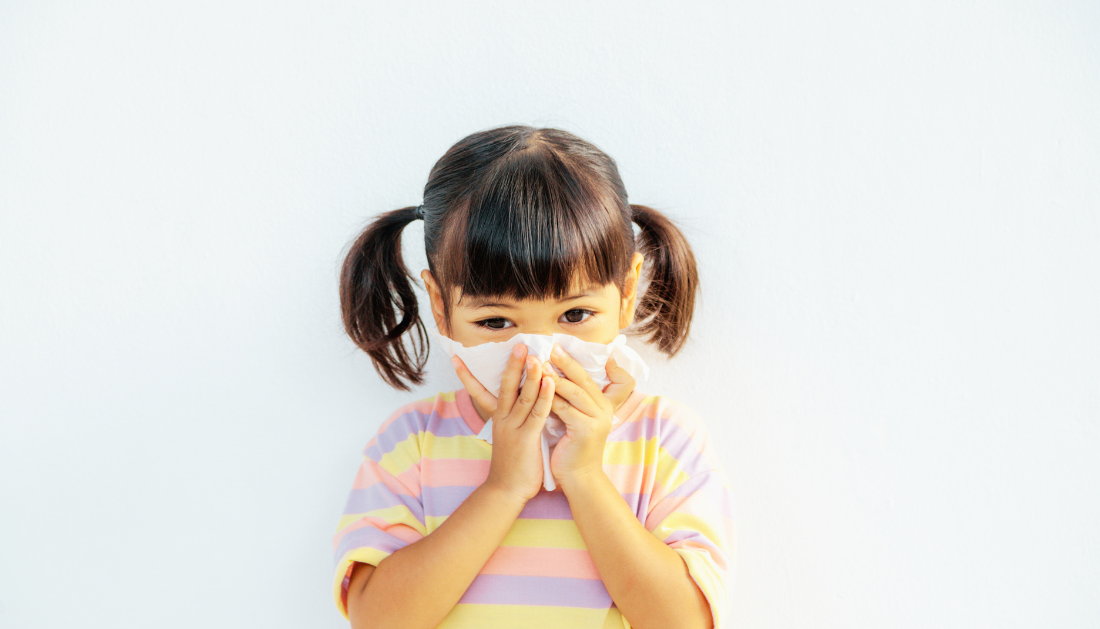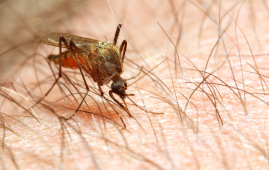

A recent study published in IJID Regions reveals that emerging human metapneumovirus (hMPV) strains, specifically A2.2.1 and A2.2.2, are contributing to a rise in respiratory infections among young children. This research highlights the genetic diversity, seasonality, and evolving nature of these viral strains, emphasizing their impact on public health and the urgent need for ongoing surveillance.
Acute respiratory infections are a leading cause of illness and mortality among children under five, especially in low- and middle-income countries. Among respiratory viruses, hMPV stands out as a significant contributor, causing upper and lower respiratory tract infections.
The study, conducted in Puducherry, India, analyzed 4,519 nasopharyngeal samples collected between January 2021 and June 2024. Researchers used RT-PCR and genetic sequencing to identify hMPV strains and their mutations. During an outbreak from November 2022 to March 2023, hMPV accounted for 43.1% of pediatric respiratory cases, with infections peaking in December and January.
Most cases were observed in infants under one year, with common symptoms including wheezing, flu-like symptoms, and respiratory distress. Severe cases progressed to pneumonia or bronchiolitis, with a male-to-female infection ratio of 1.8:1.
Genetic sequencing revealed that 91.89% of cases belonged to genotype A, predominantly the A2.1 sub-lineage, while 8.11% belonged to genotype B. The emergence of A2.2.1 and A2.2.2 lineages was noted for the first time in India. These novel strains exhibited significant amino acid substitutions (e.g., G42V, E96K, M250R) and unique O-linked glycosylation patterns, potentially enhancing their ability to evade immune responses.
The study also observed site-specific evolutionary pressures driving these mutations, with co-infections with other respiratory pathogens being relatively rare.
The findings align with global trends but emphasize regional variability in seasonality and infection patterns. Researchers stress the importance of continuous surveillance, genetic monitoring, and international collaboration to track hMPV evolution, guide vaccine development, and develop targeted public health strategies to reduce the disease burden.
With rising infection rates and the discovery of novel lineages, this study serves as a critical call to action for enhanced disease surveillance and improved intervention strategies against hMPV infections.
More Information: Devanathan, N., Philomenadin, F. S., Panachikuth, G., Jayagandan, S., Ramamurthy, N., Ratchagadasse, V. R., Chandrasekaran, V., & Dhodapkar, R. (2025). Emerging lineages A2.2.1 and A2.2.2 of human metapneumovirus (hMPV) in pediatric respiratory infections: Insights from India. IJID Regions, 14, 100486. DOI: 10.1016/j.ijregi.2024.100486, https://www.sciencedirect.com/science/article/pii/S2772707624001553
more recommended stories
 How Soybean Oil Impacts Weight Gain and Metabolism
How Soybean Oil Impacts Weight Gain and MetabolismWhy Soybean Oil May Affect Metabolism.
 New Malaria Prevention Insights From African Biostatistics
New Malaria Prevention Insights From African BiostatisticsHow New Data Is Reframing Malaria.
 Coffee and Cognitive Function: Evidence Review
Coffee and Cognitive Function: Evidence ReviewA new narrative review in Cureus.
 World Summit Outlines Core Principles for Healthy Longevity
World Summit Outlines Core Principles for Healthy LongevityWhy Healthy Longevity Demands a New.
 Colorectal Cancer Screening Rates Low in Adults 45–49
Colorectal Cancer Screening Rates Low in Adults 45–49Recent UCLA research reveals that colorectal.
 Gut Immune Cells and Long-Lasting Antiviral Protection.
Gut Immune Cells and Long-Lasting Antiviral Protection.Breakthrough Findings on How Gut Immune.
 Mild Pancreatic Duct Dilatation Signals Higher Cancer Risk
Mild Pancreatic Duct Dilatation Signals Higher Cancer RiskEarly Structural Changes Offer Critical Clues.
 How the Uterus Senses Force During Labor: New Insights
How the Uterus Senses Force During Labor: New InsightsA new study published in Science.
 Fat-Free Mass and Brain Outcomes in Preterm Babies
Fat-Free Mass and Brain Outcomes in Preterm BabiesEarly Fat-Free Mass May Hold the.
 How Hormones Shape Dopamine-Driven Learning
How Hormones Shape Dopamine-Driven LearningNYU Study on Hormones and Cognitive.

Leave a Comment